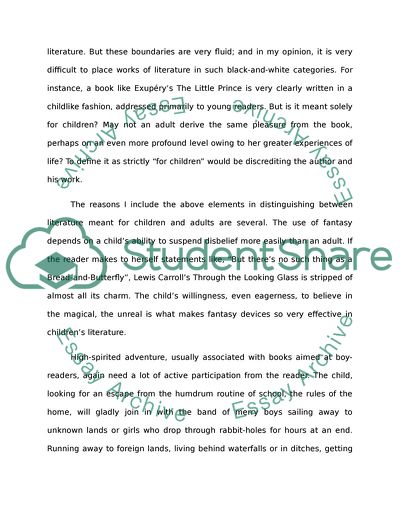Cite this document
(“Harry Potter for children and adults Essay Example | Topics and Well Written Essays - 2000 words”, n.d.)
Retrieved de https://studentshare.org/literature/1558633-harry-potter-for-children-and-adults
Retrieved de https://studentshare.org/literature/1558633-harry-potter-for-children-and-adults
(Harry Potter for Children and Adults Essay Example | Topics and Well Written Essays - 2000 Words)
https://studentshare.org/literature/1558633-harry-potter-for-children-and-adults.
https://studentshare.org/literature/1558633-harry-potter-for-children-and-adults.
“Harry Potter for Children and Adults Essay Example | Topics and Well Written Essays - 2000 Words”, n.d. https://studentshare.org/literature/1558633-harry-potter-for-children-and-adults.


